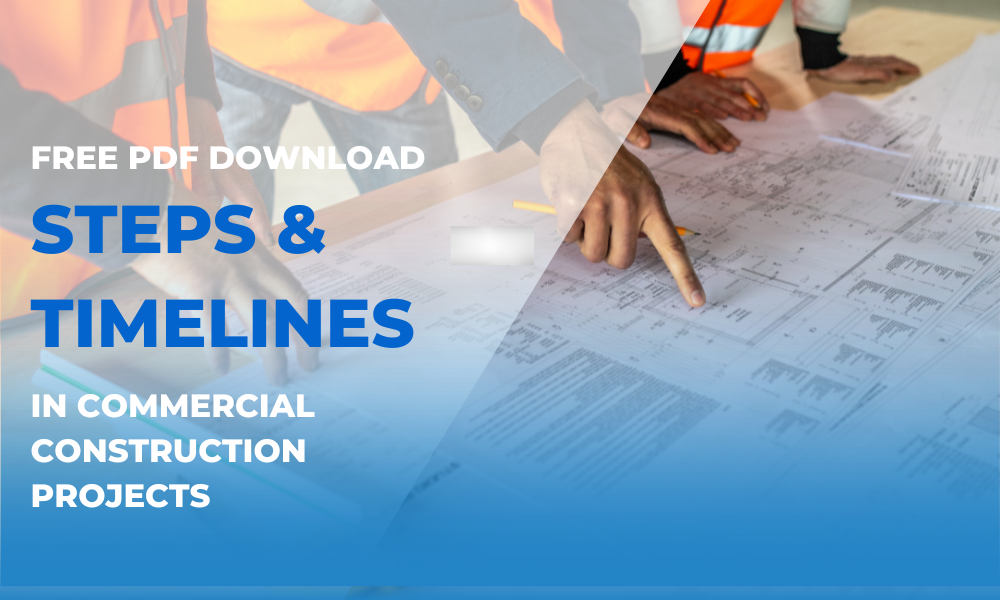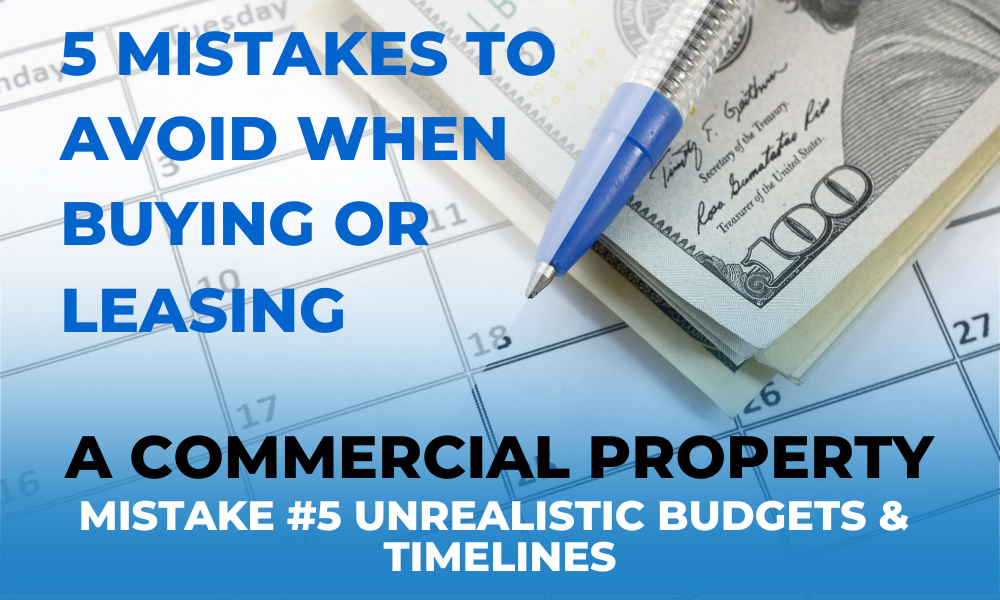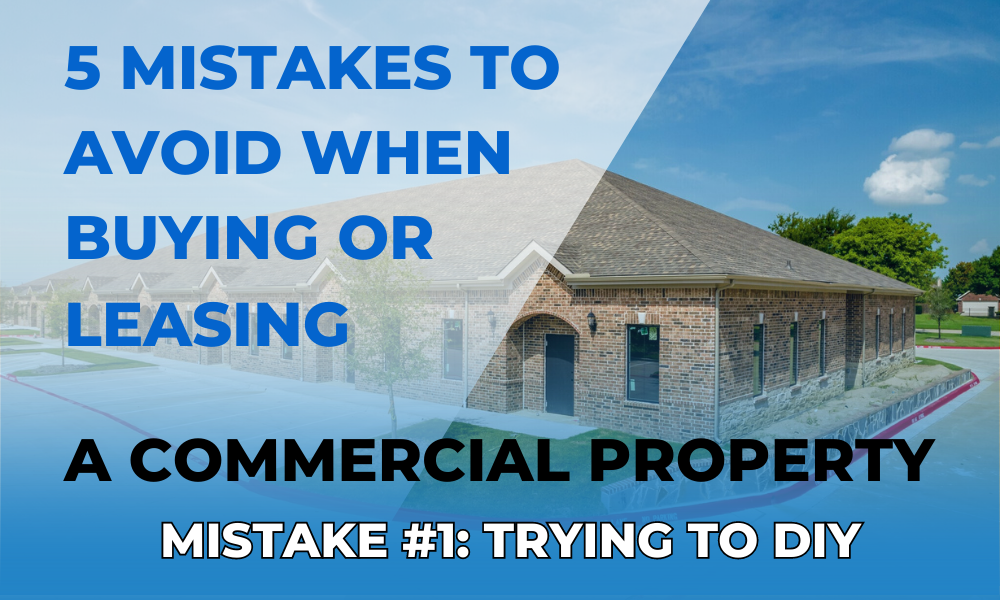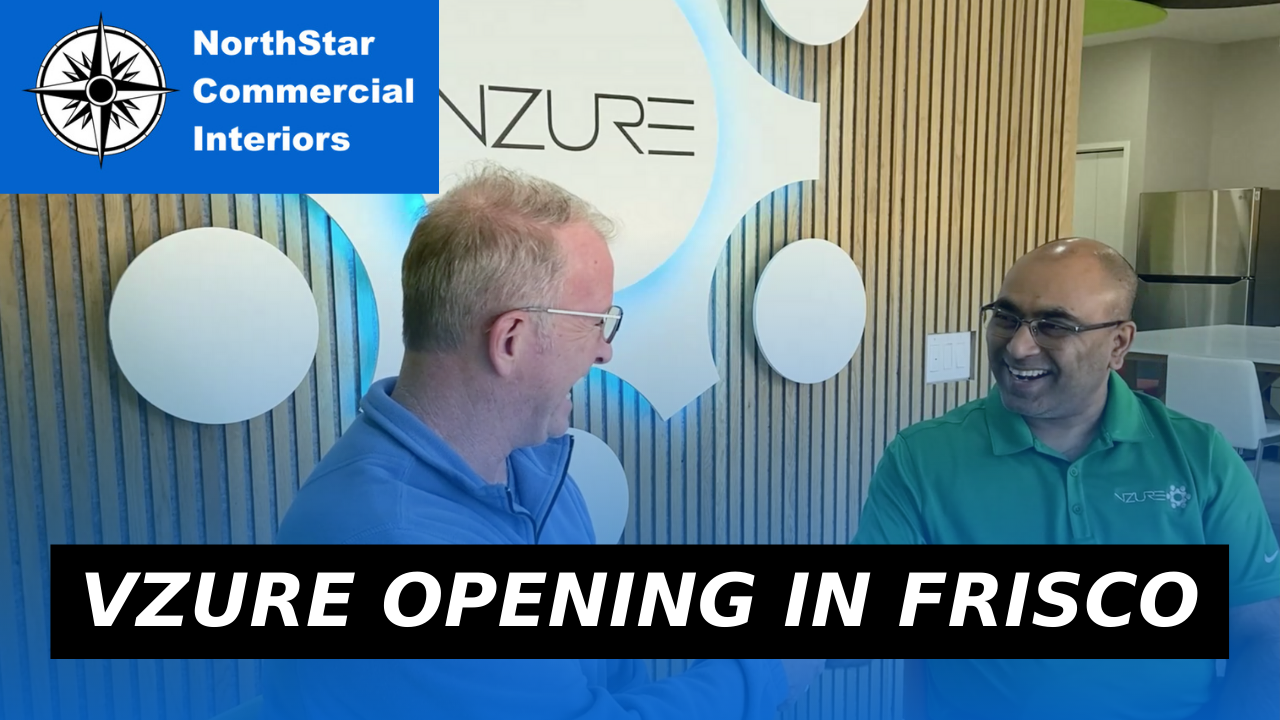What Is Commercial Construction? A Comprehensive Guide for Small Businesses
If you are a small business owner and are considering a commercial construction project, then this guide is for you!
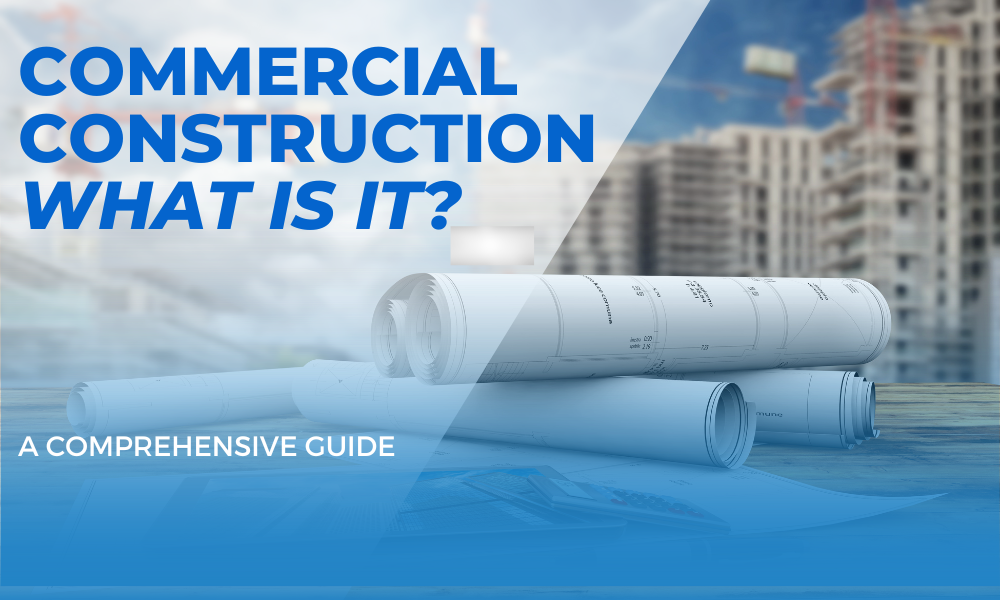
Commercial construction is the building of structures used primarily for business purposes, such as offices, medical spaces, retail stores, restaurants, gyms, schools, banks, warehouses, or any other structures that are not intended for habitation. Such structures are typically constructed on a larger scale, tend to be more complex and require a great number of codes and regulations that must be followed.
Commercial construction also involves greater specialization and attention to detail than residential construction. There are several components involved in the commercial construction process, from architectural planning to engineering design, from finance and accounting to construction management.
The most important aspect of commercial construction is
the ability to adhere to strict building codes, deadlines, and budgets. professional contractors and construction managers are essential to meeting these goals.
The Different Types of Commercial Construction
When discussing commercial construction, it is essential to recognize the various types of construction that can be involved. These include:
- New Constructions: Includes the construction of new facilities from the ground up, such as shopping malls, industrial sites, office condos, office buildings, and housing communities. These are the most comprehensive types of construction projects and often involve financial, technological and engineering challenges.
- Remodeling: Typically refers to the reconstruction of existing structures, either to increase its value or to revitalize its aesthetics and function. This type of construction involves adding or removing walls, bathrooms, retail fixtures, updating lighting, new flooring and much more. Permitting may be required when moving walls, plumbing, and/or changing the original footprint.
- Renovation: Refers to restoring structures to its former glory, either through the installation of modern technology or through traditional building methods. During renovations building codes are required to be addressed and brought up to current code.
- Interiors or Shell Space Finish-Out: Involves the construction of space within existing structures. A shell space has a foundation, exterior walls, and a roof. To finish-out the office interior, HVAC systems, plumbing, electrical, walls, flooring, and lighting are added to complete the work space.. This is often a detailed, meticulous process as it requires a great deal of coordination of multiple trades in the appropriate order.
-Disaster Recovery:
Deals with the effects of natural disasters or calamities like busted pipes or vandalism on business properties. In addition to managing the repair process, the general contractor will work with the insurance company to advocate for the best payout on the insurance claim.
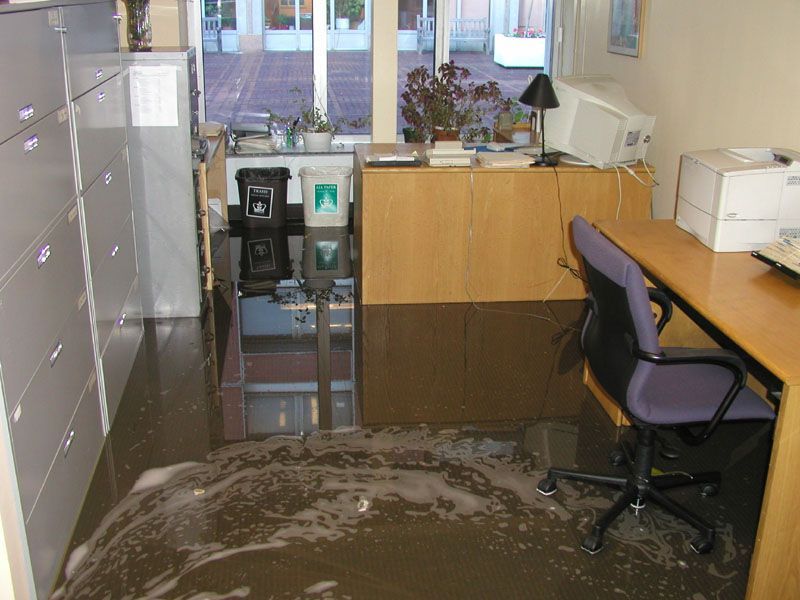
The Challenges of Commercial Construction
As one would imagine, there are several challenges that must be considered when investing in a commercial construction project. A team of experts is critical from the planning stage to completion. These include an experienced commercial realtor, small business loan specialist and a commercial general contractor (GC). With their knowledge and expertise, they will be able to navigate through the challenges listed below. Ultimately, providing solutions that lead to successful outcomes.
- Cost: Commercial construction projects often require larger budgets than residential projects, due to the complexity and materials required. Commercial build outs have more code regulations that can cause the price to increase.
- Time: Small business building projects typically have a larger scope of work and tend to take longer than residential. Each business has a unique set of requirements and budget for their business to function most efficiently. These involve a thorough planning process, the ordering of specific or custom materials, the coordinating of various trades, and city inspections.
- Compliance: Commercial construction projects must comply with stricter building codes and regulations than residential construction projects. In some cities,“Grandfather Clauses” are not in effect for commercial construction. All remodeling and renovation projects must be brought up to the current city code.
- Permitting and Approvals: Depending on the scope of the project, it may be necessary to obtain permits and approvals from the local government and any franchise or business headquarters.
- Complexity: Commercial Build-Outs are often more complex than residential construction projects, as they require a higher level of technical knowledge, expertise, and experience to execute successfully.
- Skill Level: Commercial construction projects require skilled, knowledgeable, and experienced professionals if they are to be completed skillfully. Hiring the right skilled workers who are reliable and knowledgeable about commercial construction in the area are essential to getting the job done right.
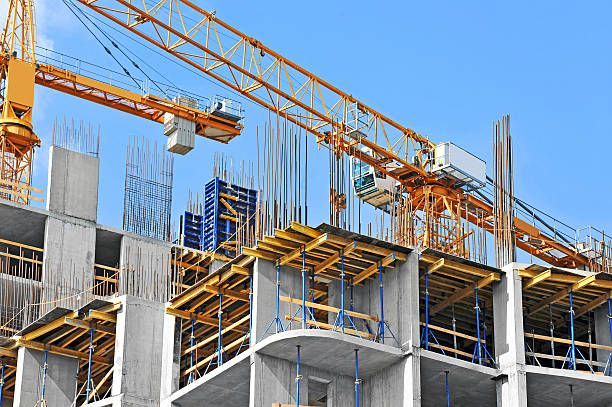
The Construction Process
Once the design process is complete, the next items to be completed are defining the budget and the financing. Then all the necessary permits can be filed. The actual construction process can begin as soon as approvals from the city have been obtained. Here are the general steps involved in a typical commercial construction project:
For New Construction:
1. Clearing and Grading: Clearing the site and grading it to the specified level is the first step.
2. Excavation: The excavation process involves the use of heavy machinery to dig trenches and holes for the foundations and footings.
3. Foundation and Footings: The foundation and footings are then laid, taking into account the local soil conditions and any special requirements for the project.
4. Structural Framing: The construction of the structural framing either begins with pre-fabricated components, or directly with the installation of steel and/or wood components.
5. Structural Enclosure: This stage involves installing the exterior walls, and ceilings for the structure, following the approved plans.
For Shell-Space Finish-outs, Remodeling, and New Construction:
6. Mechanical, Electrical, and Plumbing (MEP): The MEP trades specialize in installing and connecting the various mechanical, electrical, and plumbing systems in the structure, following the architects plans and MEP documents.
For Remodeling, Renovation, Shell-Space Finish-Outs and New Construction:
7. Finishes: Finishes refer to all the interior and exterior surfaces of the structure, including paint, tiles, carpets, trim, lighting, signs, bathroom fixtures and which need to be installed.
8. Final Inspection, Punch List, and Occupancy: Once all the construction and finish-out is complete, the local building inspector will verify that all aspects of the construction meet the local building code requirements. The GC completes the punch list items.
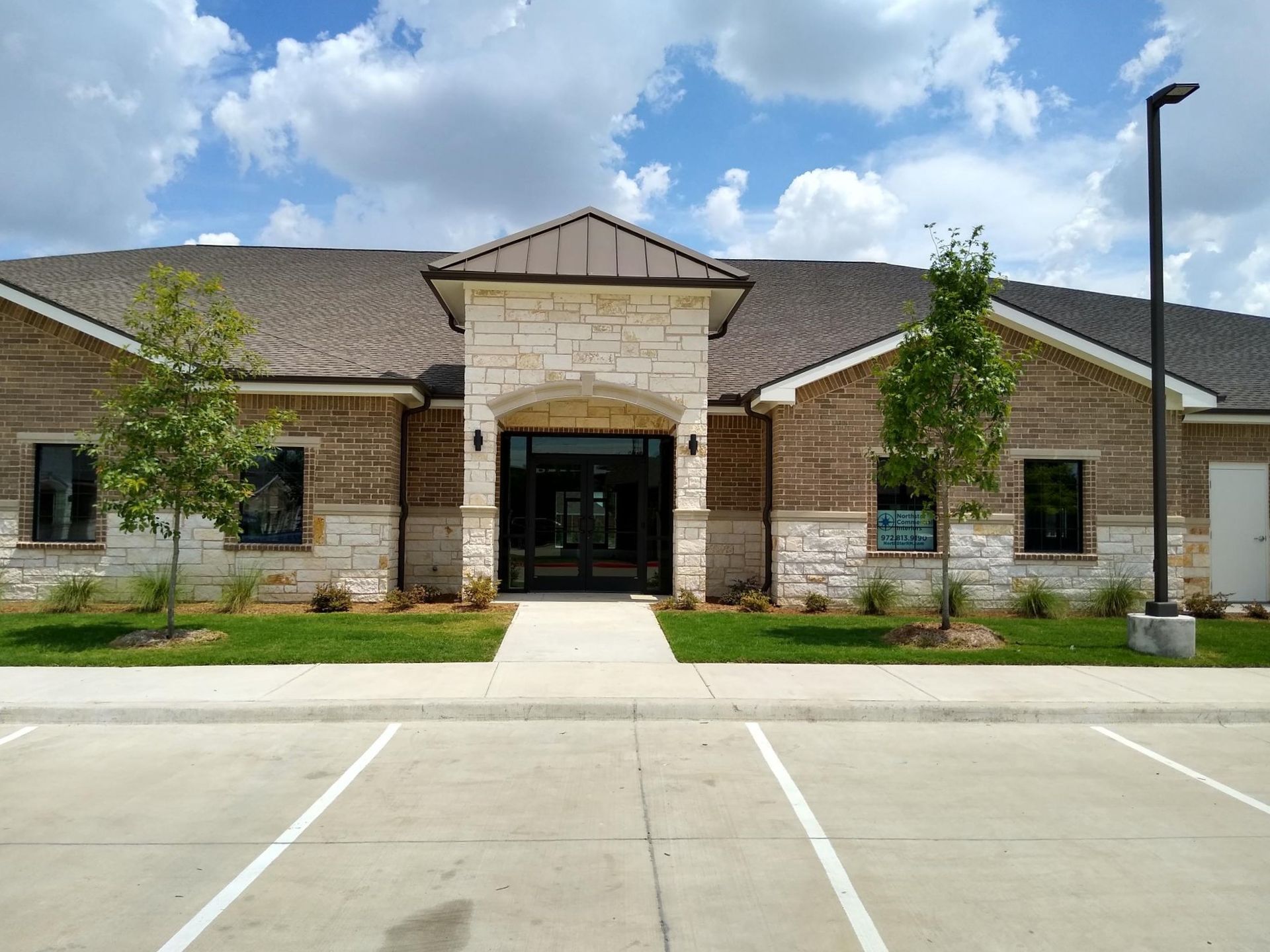
Time to open for business!
Deciding to start a commercial building project may seem overwhelming. Keep in mind all the resources available to help you through the process, including this guide. With solid information, a team of experts, and a vision for your new business, your business dreams can become a reality.
Share your thoughts
Read more posts from NorthStar


